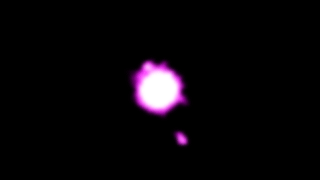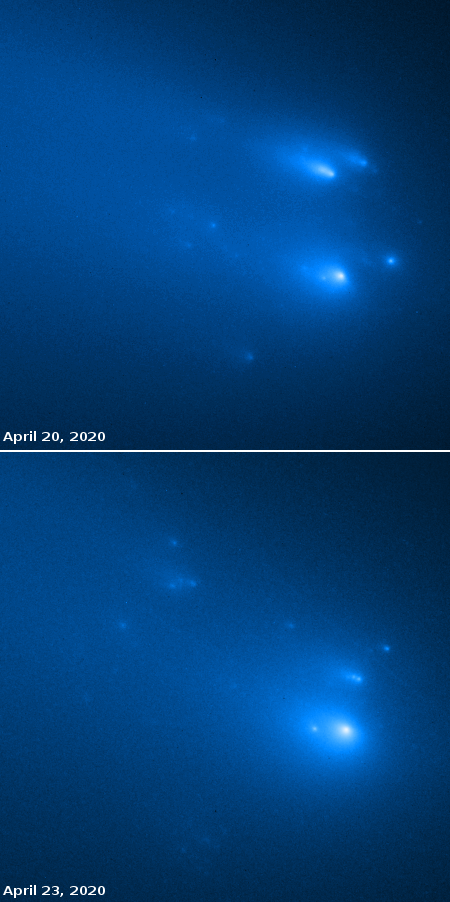The uncertainty of science: New data now suggests that the previous consensus among astronomers that type Ia supernovae were caused by the interaction of a large red giant star with a white dwarf might be wrong, and that instead the explosion might be triggered by two white dwarfs.
If this new origin theory turns out to be correct, then it might also throw a big wrench into the theory of dark energy.
The evidence that twin white dwarfs drive most, if not all, type Ia supernovae, which account for about 20% of the supernova blasts in the Milky Way, “is more and more overwhelming,” says Dan Maoz, director of Tel Aviv University’s Wise Observatory, which tracks fast-changing phenomena such as supernovae. He says the classic scenario of a white dwarf paired with a large star such as a red giant “doesn’t happen in nature, or quite rarely.”
Which picture prevails has impacts across astronomy: Type Ia supernovae play a vital role in cosmic chemical manufacturing, forging in their fireballs most of the iron and other metals that pervade the universe. The explosions also serve as “standard candles,” assumed to shine with a predictable brightness. Their brightness as seen from Earth provides a cosmic yardstick, used among other things to discover “dark energy,” the unknown force that is accelerating the expansion of the universe. If type Ia supernovae originate as paired white dwarfs, their brightness might not be as consistent as was thought—and they might be less reliable as standard candles.
If type Ia supernovae are not reliable standard candles, then the entire Nobel Prize results that discovered dark energy in the late 1990s are junk, the evidence used to discover it simply unreliable. Dark energy might simply not exist.
What galls me about this possibility is that it was always the case. The certainty in the 1990s about using type Ia supernovae as a standard candle to determine distance was entirely unjustified. Even now astronomers do not really know what causes these explosions. To even consider them to always exhibit the same energy release was just not reasonable.
And yet astronomers in the 1990s did, and thus they fostered the theory of dark energy upon us — that the universe’s expansion was accelerating over vast distances — while winning Nobel Prizes. They still might be right, and dark energy might exist, but it was never very certain, and still is not.
Much of the fault in this does not lie with the astronomers, but with the press, which always likes to sell new theories as a certainty, scoffing over the doubts and areas of ignorance that make the theories questionable. This is just one more example of this, of which I can cite many examples, the worst of all being the reporting about global warming.


